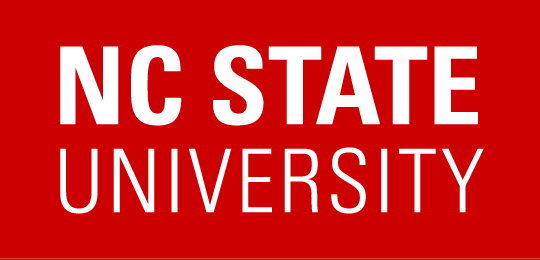While I was involved in FIRST Robotics, competition operated on a strict six-week timeline. The season began on Kickoff day in early January when the challenge and the rules for that year were released and maintained a frenzied pace until Stop Build Day in February. From Kickoff Day, teams had only six weeks to understand the rules, brainstorm and prototype design(s), order parts, and build a 120-pound robot. Since FIRST is an international competition, the six-week season and Stop Build Day were originally designed to allow teams all over the world to have the same amount of time to work on their robot (even down to time zone differences). But soon teams found ways to be able to work on their robot beyond Stop Build Day.
Older and larger teams (often with more money and resources) would build a duplicate of their robot that they bagged on Stop Build Day. These fortunate teams would be able to continue to make improvements to their duplicate robot and then transfer ideas and parts to their competition robot during unbag time or competition. As a rookie team, we barely had the money to build a competition robot, much less spend at least another $5,000 to buy a second set of sensors and hardware to build a second robot.
FIRST began to realize the practices more affluent teams were using and began to reevaluate the long standing six-week build season. For the 2020 competition, there will be no Stop Build Day in order to give all teams more time to access their robot. This extra time will allow underprivileged teams to continue to work on their robot, and all teams will have greater control of their workflow during Build Season.
FIRST Robotics is taking a step in the right direction to help address the differences between rural and urban, as well as richer and poorer teams. While no Stop Build Day is a small step in the right direction, this change of rules alone is unlikely to erase the deep and long-standing advantages of teams coming from a rich urban area. These teams have greater access to resources and support within their communities.
Teams in urban areas are surrounded by communities of practice. Their communities of practice include having other teams within their area to collaborate with and having parents or mentors working in a technologically advanced area on a daily basis. Teams in more rural areas struggle to find support and a community of practice close to home. There are numerous examples proving that having a strong community of practice helps to facilitate the innovation process. Rural teams often lack the industry support that urban teams receive in mentors and financial gifts. Even when urban teams can offer support to rural teams, it is hard to be able to take advantage of their offers because of the travel logistics. While all these factors can never be truly equal, FIRST is working to make sure that underprivileged teams can have greater control over their build season.
Article: https://www.firstinspires.org/robotics/frc/blog/2019-sbd-2020
